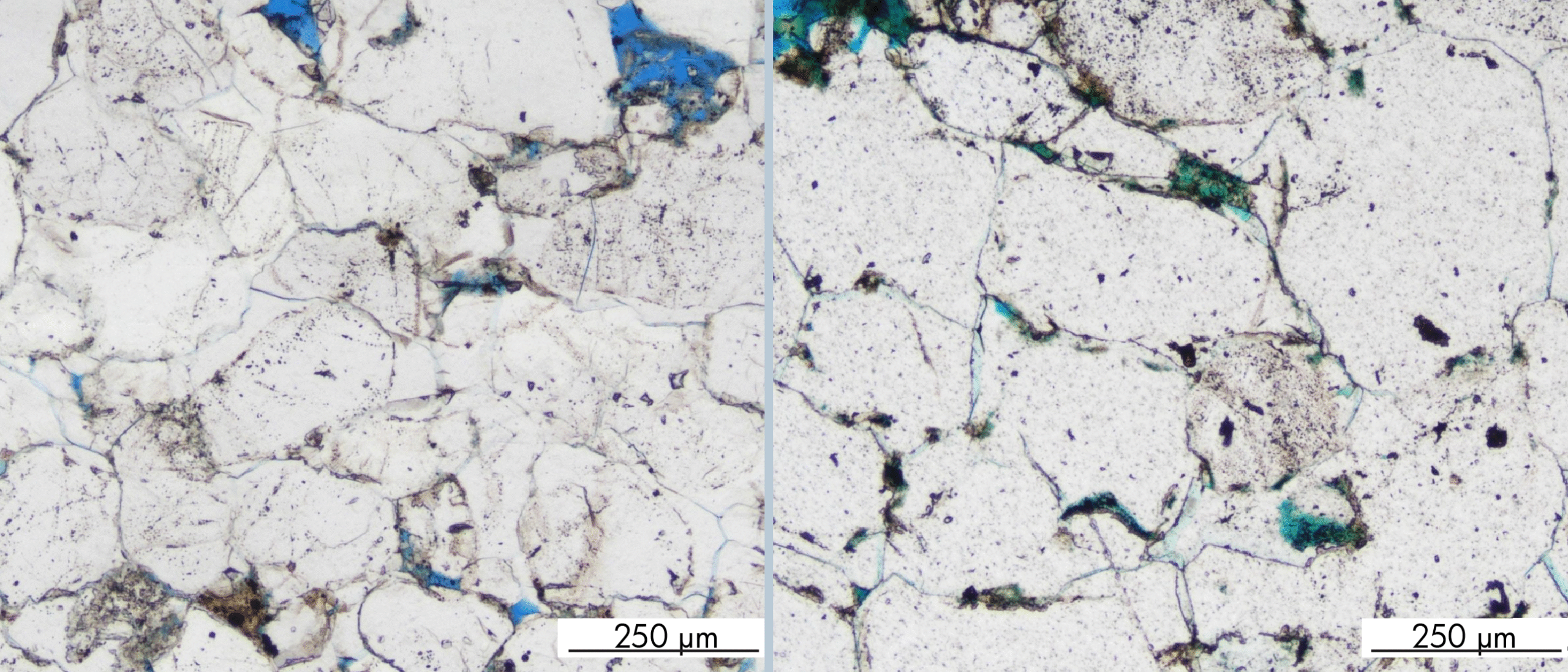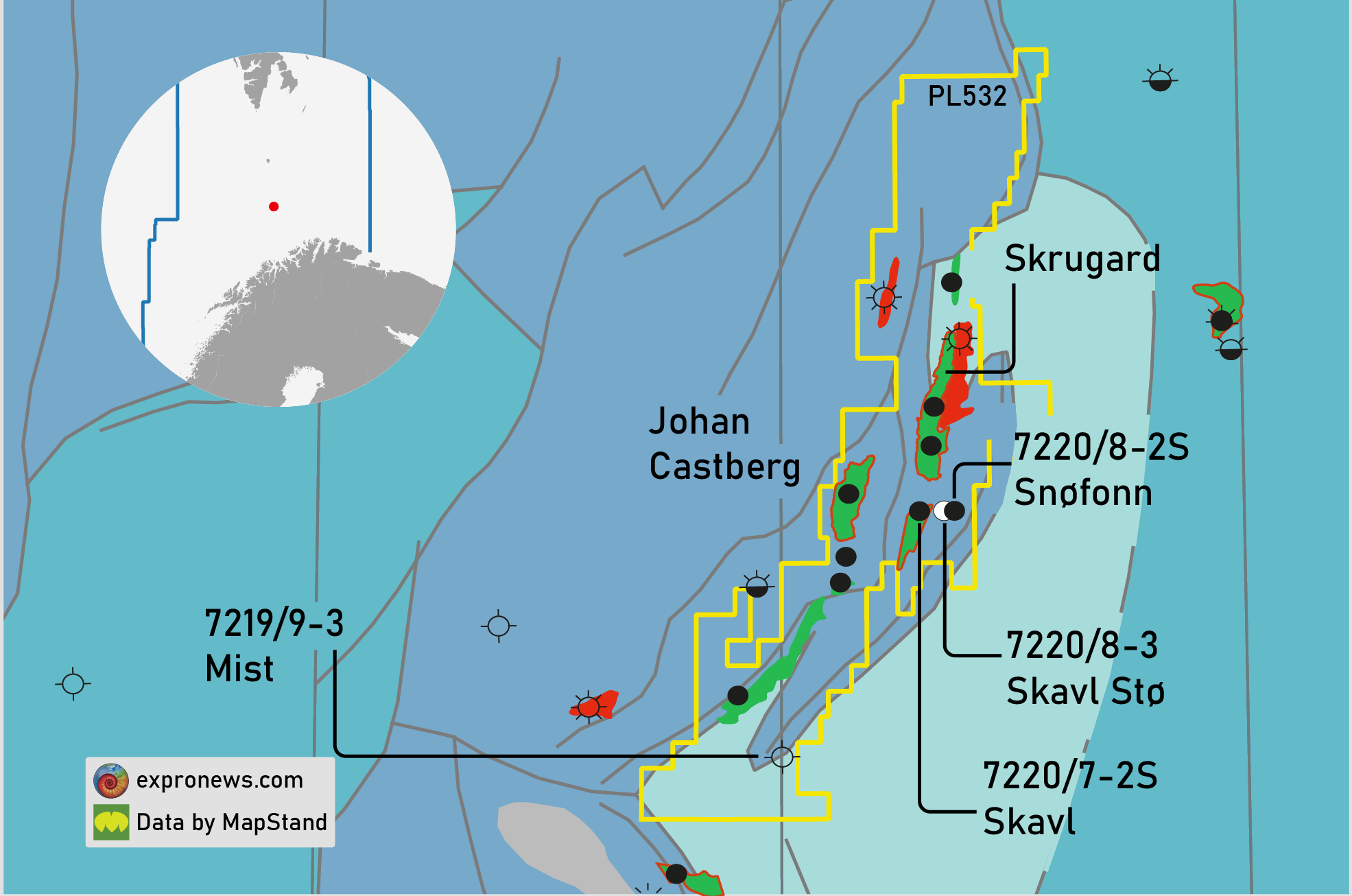Geochemical analyses focused on characterising oil are frequently challenged by contamination with oil-based muds (OBM). This renders the results either uncertain or in some cases unusable, particularly in solvent extraction of cuttings samples.
The solution could be to acquire more downhole samples, but the costs of doing that is simply prohibitive in most cases. Instead, cutting samples are ubiquitous and once collected can be analysed in a laboratory cost-effectively. Reducing the requirement for downhole samples by just ~20% would offer significant cost savings and the method will provide more information for engineers to work with.
That is the reason why APT and Equinor embarked on an R&D program to design an analytical approach and associated data analytical method that can extract useful information on the reservoir petroleum from OBM-contaminated cuttings samples.
Maximising signals
Modern oil-based muds are variable in composition, but due to toxicity reasons, their aromatic content is often very low. In addition, the compound content will principally be synthetic and different from what we would expect in a natural petroleum. Therefore, approaches that maximise the aromatic and polar signal may provide a way to see ‘around’ the OBM.
Gel-permeation chromatography (GPC) is a particular type of liquid chromatography. With this method, the separation mechanism relies solely on the size of the polymer molecules in solution rather than any chemical interactions between particles and the stationary phase. The size of polymer molecules in solution can subsequently be converted into molecular weights through calibration. Combining the GPC with Ultraviolet (UV) and Infrared (IR) detector images the fraction of the fluid least impacted by contamination, thereby seeing around the OBM. None of these technologies are novel but to date, very little work has been done in applications relevant to the E&P sector.
Showing promise
In the initial phase, a wide range of good quality petroleum fluids, spanning 48° (API 11 – 59°) were analysed to prove the concept that GPC-RI-UV can generate data that can be used to predict physical properties with a high degree of confidence. After establishing this, the focus of the R&D program shifted to optimising preparation and the GPC set-up for highly contaminated (low signal-to-noise) samples. These results have shown promise, and the project is now moving to assess a range of case studies selected to provide a proof of concept.
Beyond the R&D focus of providing a cost-efficient and robust reservoir fluid property prediction tool using a range of sample types, including OBM contaminated cuttings, future applications include a wide range of issues from flow assurance monitoring to identification of zones of flow potential in well abandonment planning.





